“What’s your favorite animal?”
This is the question that team members from our Bolivian sister organization Conservación Amazónica – ACEAA asked children from local communities in the Amazon to understand how they are connected to their environment. To their surprise, most of the answers they received were elephants, giraffes, and lions, as opposed to locally found species such as the jaguar or giant otter.
To encourage these children to learn more about their local environment, Conservación Amazónica – ACEAA created a series of comics to tell the stories of Amazonian animals called “Once Upon a Time in Your Forest.” In these comics, these animals in the Amazon tell stories of their habitats, and how certain conflicts with humans affect their food sources, shelter, and overall environment. By telling these stories from the animal’s perspective, these children can gain a better understanding of respecting their habitat and learning to coexist with these species. Executive Director of Conservación Amazónica – ACEAA Marcos Terán explained that “it is important to encourage children’s relationships with nature. The educational curriculum should promote this with the support of the teachers, with the aim that future generations respect their environment by making conscious use of natural resources.”
The most recent comic No. 5 tells the story of the Anteater, who details his role in the ecosystem, threats to his species, and the importance of conservation spaces to protect their habitats.
English copies are now available to download! Copies in Spanish can be found here.


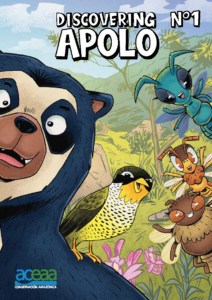
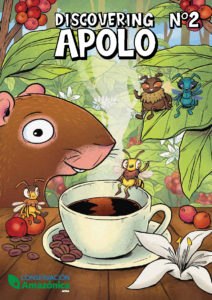
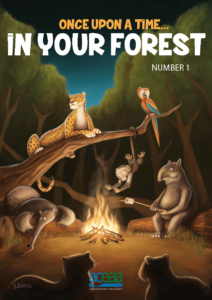

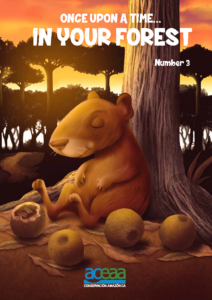
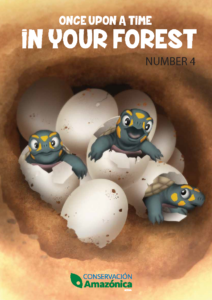
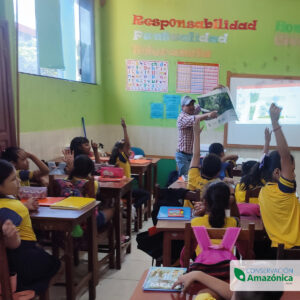 Our Bolivian sister organization
Our Bolivian sister organization 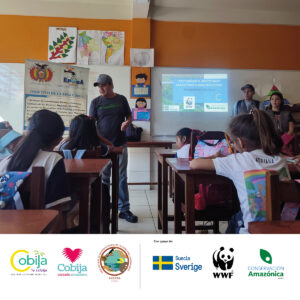 The workshop carried out by the Cobjija Municipal Environmental Brigade and EPSAS aimed at educating these young students to understand where their water comes from, the value of the ANGICAB protected area, and impactful changes they can implement in their daily routine to save water in their homes. The following topics were also covered during this workshop:
The workshop carried out by the Cobjija Municipal Environmental Brigade and EPSAS aimed at educating these young students to understand where their water comes from, the value of the ANGICAB protected area, and impactful changes they can implement in their daily routine to save water in their homes. The following topics were also covered during this workshop: 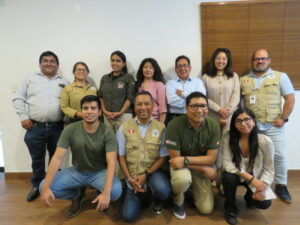
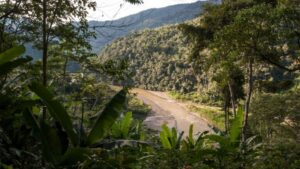
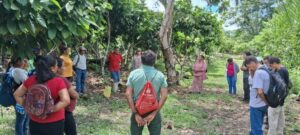 Our Peruvian sister organization
Our Peruvian sister organization 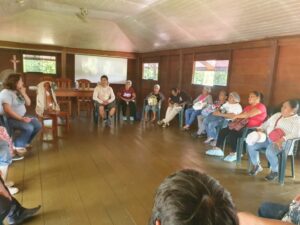 The Agroforestry Association of the Infierno Native Community has 21 hectares (about 52 acres) of agroforestry systems dedicated to the cultivation of cacao, in addition to having a processing plant with the capacity to process 19 thousand kilos (41,888 pounds) of cacao pulp per month. Partnering with the Agrobosque Cooperative would help provide them with technical support in the post-harvest processes, delivery of quality cacao, and the opportunity to obtain and maintain organic certification for crops associated with their agroforestry systems. Additionally, this exchange of experiences helped them open doors to jointly participate in various trade promotion activities and business conferences at the national level.
The Agroforestry Association of the Infierno Native Community has 21 hectares (about 52 acres) of agroforestry systems dedicated to the cultivation of cacao, in addition to having a processing plant with the capacity to process 19 thousand kilos (41,888 pounds) of cacao pulp per month. Partnering with the Agrobosque Cooperative would help provide them with technical support in the post-harvest processes, delivery of quality cacao, and the opportunity to obtain and maintain organic certification for crops associated with their agroforestry systems. Additionally, this exchange of experiences helped them open doors to jointly participate in various trade promotion activities and business conferences at the national level.